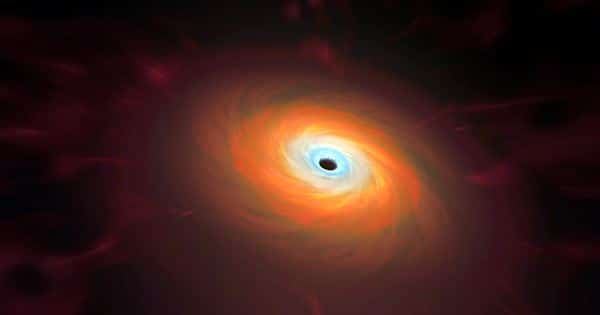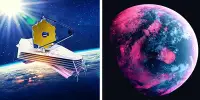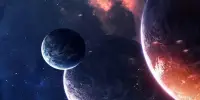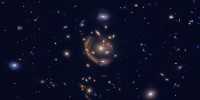There is power in numbers and there is knowledge. The supermassive black hole at the center of the galaxy’s Messier 87 was the first imaged black hole thanks to the Horizon Telescope (EHT) network, a network of direct radio telescopes.
Now, astronomers have gathered data from more space laboratories on Earth to broaden our understanding of this infamous cosmic giant, publishing the results in the astrophysical journal Letter. Co-author Kazuhiro Hada of the National Astronomical Observatory of Japan said in a statement, “We knew that the first direct image of a black hole would be epoch-making.”
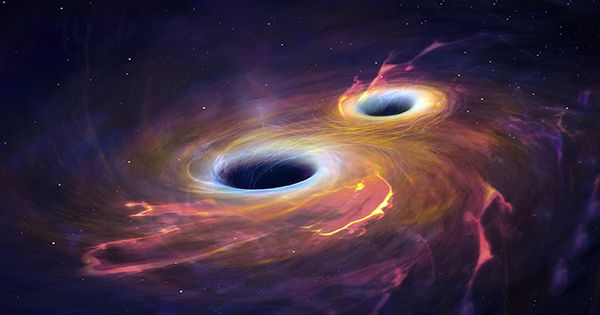
“But to get the most out of this remarkable picture, we need to know what can be done about the behavior of black holes by observing the electromagnetic spectrum.” The result is the most extensive data set we still have in the supermassive black hole M87*, which weighs 6.5 billion times our Sun and is about 55 million light-years from Earth. It can reveal different types of properties observed in different light. In the pictures, M87* spores a jet element into space from radio to gamma rays and wavelengths from the vicinity of a black hole to the entire galaxy.
“Among these incredible observations are many of the world’s best telescopes,” said Juan Carlos Algaba, co-author of the University of Malay in Kuala Lumpur, Malaysia. “It’s a great example of astronomers around the world working together in their quest for science.” The observations focused on the period from the end of March to the middle of April 2017, when taking the EHT’s historic historical observations.
“Among these incredible observations are many of the world’s best telescopes,” said Juan Carlos Algaba, co-author of the University of Malay in Kuala Lumpur, Malaysia. “It’s a great example of astronomers around the world working together in their quest for science.” The observations focused on the period from the end of March to the middle of April 2017, when taking the EHT’s historic historical observations.
The incredible images that the team has achieved made up of 760 scientists and engineers from about 200 organizations in 32 countries or regions, using observations funded by various organizations around the world, from ground-based observations across the planet to NASA missions like Hubble the moon. This video visualization should give you a sense of the incredible achievement of all the observers working together.
